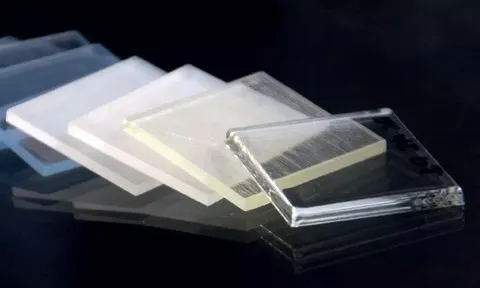What is the transparency in mineralogy ?
Transparency : definition
Transparent : the outlines of the object observed through the mineral are clearly drawn. Light absorption is then minimal and you can read through the material clearly.
Semi-transparent : the outlines of the object observed through the mineral are drawn discontinuously, one can partially read certain letters of a text.
Translucent : the light passes through the mineral without it being possible to discern the object located behind. Light absorption is then weak to strong, which corresponds to the most widespread case in the mineral kingdom.
Semi-translucent : the light partially passes through the mineral without it being possible to discern the object which is placed behind.
Opaque : no light can pass through the mineral. The absorption is theoretically total. This opacity remains relative insofar as no substance is perfectly opaque because it suffices to thin enough an "opaque" mineral to make it translucent. In practice, a mineral is considered to be opaque when the finest splinters absorb all the light, this is the case for the majority of sulfides, native metals and most oxides.

